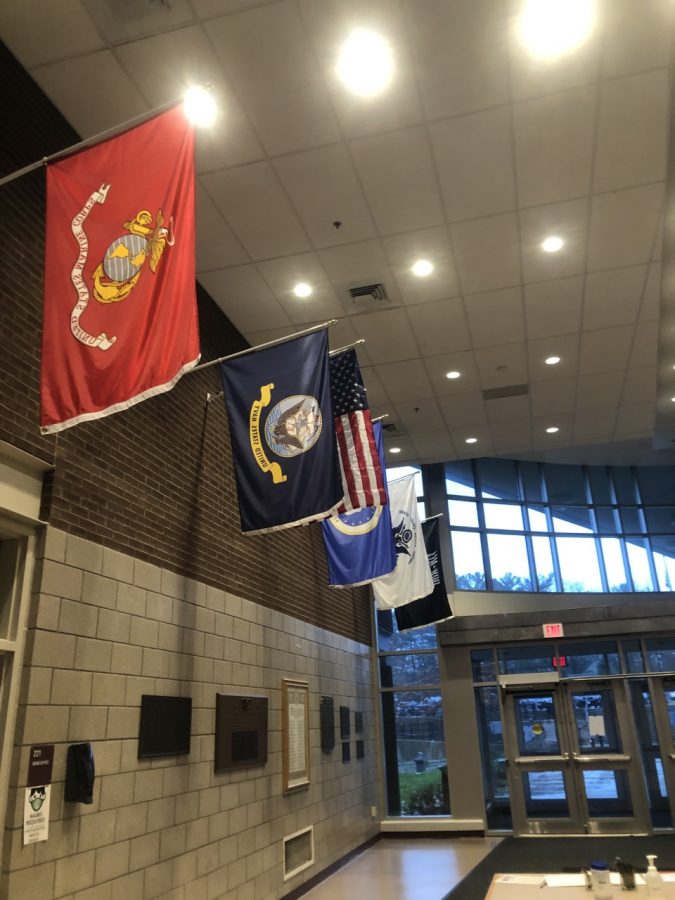“Breaking” News: Collarbone Injuries Common This Year
March 3, 2023
At least three student athletes have suffered collarbone injuries from various sports within 2 athletic seasons and a span of 5 months at RMHS, resulting in surgeries and many missed opportunities.
Collarbone injuries have been more common than ever this year at RMHS. Multiple students, including the seniors Daniel Fraine, Lacey Carciero and Nicole O’Sullivan, have dealt with the struggles of both pain and missing out on the rest of their Fall or Winter sport seasons. These injuries occur across the range of different sports offered at RMHS, including Hockey, Soccer and Track. These individuals are struck with shoulder slings and a decent amount of recovery time.
It has been proven that collarbone, medically referred to as the clavicle, injuries are some of the most common injuries, as the clavicle bone is one of the most fractured bones in the human body. The clavicle bone is between the sternum (also known as breastplate which is the center of the chest), and the shoulder. The breakage of this bone typically comes from falling directly onto the shoulder, which is typical in a variety of sports. Following a fall onto this part of the body, it is important to seek medical help immediately before the fracture and symptoms worsen.
In early February of this year, Daniel Fraine (‘23) broke his collarbone in three places at the Middlesex League Championship track meet during his final 55 meter hurdle race. “My foot got caught on the last hurdle, and resulted in me falling on my shoulder and stumbling over the finish line.” Despite injury, he still managed to place 3rd for the event.
Although Fraine is very disappointed that his winter track season was cut short, he positively claims, “I should have enough time to recover before the spring (track) season and come back better than before.”
Another RMHS athlete, Lacey Carciero (‘23) broke her collarbone in early January of this year from a hockey accident at Burbank Ice Arena. “I slid into the boards at practice. I knew right away it was broken,” she said. Lacey did not need surgery but because of that, she told us, “It means the healing process is a lot longer.”
Carciero’s injury has prevented her from taking part in specific senior year activities, which has left her feeling incomplete. She said, “I’m upset because if I don’t play in college then I won’t get to play in my last game of my senior year.”
An additional collarbone incident at RMHS that happened last semester was Nicole O’Sullivan (‘23) in October. She shared, “I was in a soccer game and I was running and I got tripped and I fell on it badly.” She needed surgery afterward which in turn helped her with a faster recovery. However, she said, “I missed out on the rest of my senior season which made me really upset, and I missed out on other workouts and any other sports and skiing.”
As the RMHS winter sports season wraps up and spring sports begin, we encourage all athletes, especially seniors, to look out for this injury and protect their collarbones in order to be able to finish the end of their sports season strong.
